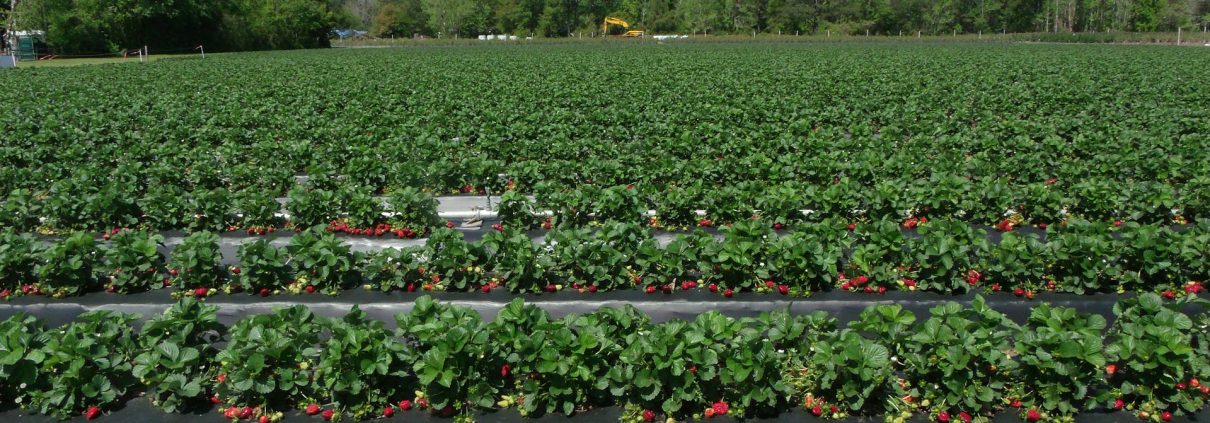Environmental Justice and Farm Workers’ Health
By Alexandra Navarro
Ever since Rachel Carson wrote Silent Spring, which challenged the agricultural industry’s use of pesticides like DDT, the fight for environmental justice surrounding agriculture seemed to have been won. But thousands of women of color are exposed to harmful chemicals via pesticides, fertilizers and other substances they encounter through their jobs as farmworkers. Chemicals used in their workplaces can be detrimental to women’s overall health, their reproductive health, and the health of their children.
But gendered disparities in chemical exposure that women face through employment in the agriculture industry may not be widely publicized because agriculture is not perceived as a female industry, like the beauty industries are. But, in fact, the agriculture industry employs thousands of women. According to the United States Bureau of Labor Statistics, 518,000 women worked in agriculture in 2008. And 25.3% of all people employed in agriculture, forestry, fishing, and hunting were women. The National Agricultural Workers Survey also found that 21% of all crop farm workers were female, over half were of reproductive age, and that 51% were parents of an average of two children.
The employment of so many young mothers in agriculture, an industry that uses chemicals heavily, may lead to health problems for families and for generations that have yet to be born. As Florence Williams points out in Breasts: A Natural and Unnatural History, women’s bodies are like sponges, absorbing all chemicals found in our built environment and then unknowingly passing those chemicals on to offspring via the placenta or through mother’s milk. Prenatal pesticide exposure has been linked to birth defects, premature birth and childhood leukemia, among other health complications.
However, it must be pointed out that fault for chemical exposure does not like with women deciding to work in a dangerous agricultural job, because most agricultural workers are from marginalized backgrounds and can only find jobs as unskilled laborers. The fault lies with large agricultural corporations who do little to protect their workers from the chemicals they use in their fields in efforts to maximize output. For example, in the study “Female Farmworkers’ Perceptions of Pesticide Exposure and Pregnancy Health,” by Flocks et al., a study of a community of majority Latina, female, nursery and fernery workers found that the women identified the pesticides at their job sites as possibly causing developmental delays in their children and their own various ailments, but that the women were given insufficient means to protect their bodies from chemical contamination in the workplace. The Environmental Protection Agency’s Worker Protection Standard requires that employers educate workers on proper hand washing techniques and what protective equipment to wear to best prevent chemical exposure, but the women in Flock’s study reported having no water for hand washing and only thin plastic gloves that tore easily to wear while harvesting chemically-treated plants.
But why aren’t the chemical exposures that impact these nursery and fernery workers more widely reported? Why aren’t large agricultural corporations being held to a higher standard of safety for their employees? As many scholarly proponents of environmental justice have pointed out, the women who are most vulnerable to occupational chemical exposure lack the socioeconomic status and social capital to crusade for environmental justice. Instead, women agricultural workers and their children serve as barometers for the ill effects of chemical exposure.
Alexandra Navarro is an undergraduate student majoring in Society and Genetics at UCLA. She was part of the Chemical Entanglements Undergraduate Group in Spring, 2017.



Comments are closed.